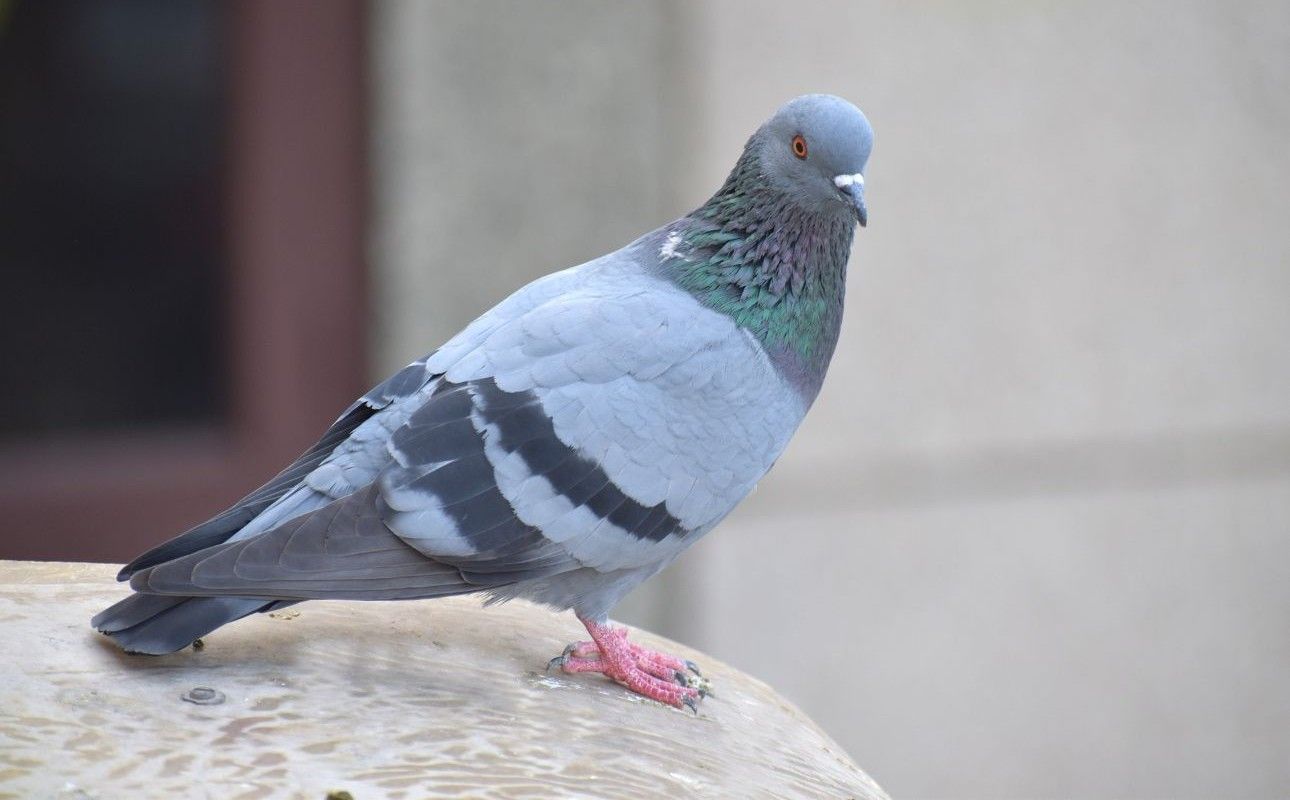Communications history: homing pigeons

For centuries, humans have looked to animals to assist with tasks, and the homing pigeon is perhaps one of the most remarkable examples. Homing pigeons, also known as carrier pigeons or messenger pigeons, can find their way home over long distances. This unique trait has made them useful for communication throughout history. These birds have played a key role in delivering messages during wars and in peacetime.
History
Humans have used homing pigeons for thousands of years. The earliest known use of pigeons for messaging dates back to ancient Egypt, around 1350 B.C.E. They were used to carry news about the Nile’s flooding, which was critical for agriculture, and as military messengers. Around the same time, pigeons were also used in ancient Mesopotamia and Persia for similar purposes.
The Greeks and Romans further developed the use of pigeons for communication, sending important news across vast empires. In Greece, pigeons famously carried the results of the ancient Olympic Games to distant cities. And in the Roman Empire, they played a vital role in military communication.
In more modern times, pigeons have been used to carry news for a variety of purposes. As early as the 1860s, journalists were using pigeons to get news reports from one city to another or even farther. In fact, New York City newspapers in the 1800s would station reporters in Halifax, Nova Scotia, to receive news reports from ships arriving from Europe, then use pigeons to send their stories to New York for publication. And in the 20th century, pigeons were still employed to carry messages during wartime when other communication methods couldn’t be used.
Navigation
One of the most fascinating things about homing pigeons is how they find their way home. Scientists have studied them for years to figure this out, and their research has shown that pigeons may use the sun’s position as a compass, maintaining a sense of direction by tracking the sun’s movement. It’s also been theorized that pigeons can detect Earth’s magnetic field and use that to guide their travels. They might even use their sense of smell to find their destination. Some experiments have also shown that they navigate using low-frequency sound waves. And research has found that pigeons can navigate using landmarks, looking for roads and buildings just like humans do when we travel.
In fact, any or all of these things may be true. Studies have shown that altering the lighting of a pigeon’s environment, dispersing the scent of the pigeon’s roost, or introducing a magnetic anomaly can disrupt some pigeons’ ability to navigate. The true explanation for how they find their way may vary from one breed or even one brood to the next.
Roles
Homing pigeons have been used in a variety of roles throughout history. Whether serving as messengers in wartime or assisting with criminal activities, these birds have shown their value time and time again.
Postal carriage
Before modern mail systems came the pigeon post. In ancient and medieval times, pigeons could carry messages much faster than human messengers on foot or horseback. King Henry IV of France established a pigeon post in the 16th century, while similar services appeared in India and other parts of Asia. In the late 19th and early 20th centuries, pigeon postal systems were used in several places, including in Paris during the Franco-Prussian War. The birds carried messages across enemy lines, delivering vital information that couldn’t be sent any other way.
Typically, a message would be written on paper, rolled up, and tied to a pigeon’s leg, and then the pigeon would be let loose to fly home. But trained pigeons can also carry small parcels on their backs. In 1903, a German pharmacist named Julius Neubronner sent medications to patients using pigeons, and as late as the 1980s, medical professionals were still using pigeons to carry cargo, sending vials of lab specimens between hospitals in France.
Wartime communication
Some of the most well-known uses of homing pigeons have been during wartime, especially during World War I and World War II. Soldiers on the battlefield often relied on pigeons to send messages when radio signals were intercepted, lines were cut, or human messengers couldn’t get through.
One of the most famous pigeons from World War I was Cher Ami, which is French for dear friend. This bird carried a crucial message to save a battalion of allied soldiers who were cut off behind enemy lines. Despite being shot and severely injured, Cher Ami delivered the message, and nearly 200 soldiers were rescued. The bird became a hero, earning a medal for bravery.
Pigeons were also used extensively during World War II, including on D-Day, when troops landing at Normandy had to maintain radio silence for fear of giving themselves away before the invasion. Thirty-two pigeons were awarded a British medal for gallantry due to their life-saving actions during the war.
Computing
While it may seem surprising, pigeons have actually been used in computing as well. Their ability to reliably carry information over long distances helped to inspire research that led to the development of computer data transmission systems. In 2009, a pigeon was also used to make a point about a leading South African internet service provider. An IT company fed up with slow internet speeds and poor connectivity performed an experiment in which they sent 4 gigabytes of data to a site 50 miles away, both by using the internet and by strapping a memory card to a homing pigeon. The pigeon won: By the time the bird arrived and the data on the card had been transferred onto a computer, only 4 percent of the same data had been received over the internet.
Smuggling
Because of their unique skills, homing pigeons have also been used for illegal smuggling. Pigeons have been found carrying contraband including drugs and even cell phones into prisons, and they’ve also been used to sneak narcotics across international borders.
Learn more:
- Feathered Messengers: Homing Pigeons of the American Expeditionary Forces
- Homing in on Pigeons’ Contributions to World War II
- How to Care for Found Pigeons
- Allied Homing Pigeons
- Homing Pigeons for Sea Service
- The Navy’s Use of Carrier Pigeons
- Homing Pigeons and Finding Home
- Saving Grace on Feathered Wings: Homing Pigeons in the First World War
- Closing the Pigeon Gap (in World War I)
- Explainer: how do homing pigeons navigate?
- The Legal History of Pigeons
- How Gustav the pigeon broke the first news of the D-Day landings
- Migration and Orientation: Homing Pigeons and Pigeons Gone Bad



